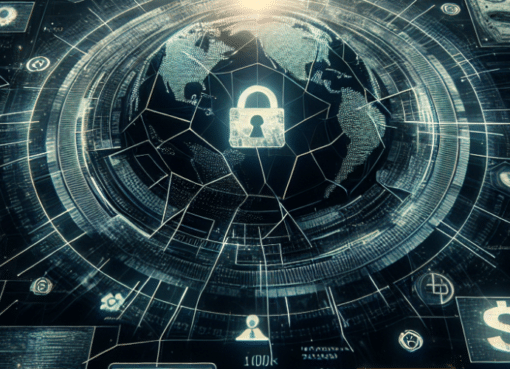In an unprecedented breach, one of the world’s leading cryptocurrency exchanges, CryptoSecure, experienced a security compromise late yesterday, resulting in the theft of over $200 million worth of digital assets. This incident marks one of the most significant thefts in the history of decentralized finance, shaking investor confidence and sparking calls for tighter security measures across the industry.
CryptoSecure, known for its robust trading platform and extensive crypto offerings, confirmed the hack early today in a press release. The breach was first detected by the company’s internal security systems, which noticed unauthorized withdrawal activities. The hackers managed to circumvent multiple security layers, exploiting a vulnerability in the exchange’s wallet system to transfer vast sums of Bitcoin, Ethereum, and other altcoins to unknown addresses.
The CEO of CryptoSecure, John McAlistair, addressed the incident in a hastily arranged virtual press conference. “We are deeply troubled by this breach and are currently working with cybercrime experts and law enforcement to trace the stolen funds and perpetrators. Our priority is to recover the assets and reinforce our systems to prevent future attacks,” McAlistair stated. He also assured that affected users would be compensated through the exchange’s secure asset fund for users (SAFU).
The scale and timing of the hack are particularly concerning as it comes at a time when cryptocurrencies are experiencing increased adoption and scrutiny. Several financial analysts and cybersecurity experts have pointed out that the incident underscores ongoing vulnerabilities within digital currency exchanges.
Dr. Emily Shen, a cybersecurity expert at the SecureTech Institute, explains, “Crypto exchanges are prime targets for cybercriminals due to the significant amounts of assets they hold. Despite advancements in security protocols, hackers continue to evolve their techniques. It is imperative for exchanges to constantly update and test their security measures.”
The breach has prompted an immediate response from regulatory bodies. The Financial Services Authority (FSA) has announced an emergency meeting to discuss the implications of the breach and potential regulatory measures to prevent future incidents. “This hack not only highlights the risks associated with digital asset platforms but also the need for stronger regulatory frameworks to ensure the protection of investors,” commented an FSA spokesperson.
The market reaction was swift and severe. Bitcoin’s price dropped by 3.8% in the hours following the announcement, with similar falls observed across other major cryptocurrencies. Investors and market analysts speculate that the breach could lead to further volatility in the coming days.
Social media platforms and cryptocurrency forums have been abuzz with discussions about the breach, with many users expressing concerns over the safety of their assets on crypto exchanges. This sentiment was echoed by market analyst Jonathan Rogers, who noted, “Incidents like these shake investor confidence and can lead to significant withdrawals, further destabilizing the market.”
In response to the hack, CryptoSecure has temporarily suspended all deposits and withdrawals to conduct a thorough security review. The company has also engaged with several blockchain analytics firms to track the stolen funds and possibly recover them if they are moved or exchanged on other platforms.
As the investigation continues, the crypto community is keenly watching the developments around this breach. The outcome could have far-reaching implications not only for CryptoSecure but also for the broader cryptocurrency market. The incident may serve as a catalyst for more robust security practices and regulatory oversight within the increasingly mainstream world of digital finance.
This hack is a stark reminder of the risks inherent in the burgeoning crypto market, and both users and platforms must remain vigilant and proactive in implementing and updating their security measures. As the digital currency landscape evolves, so too must the strategies to protect and secure these innovative but often vulnerable technologies.




